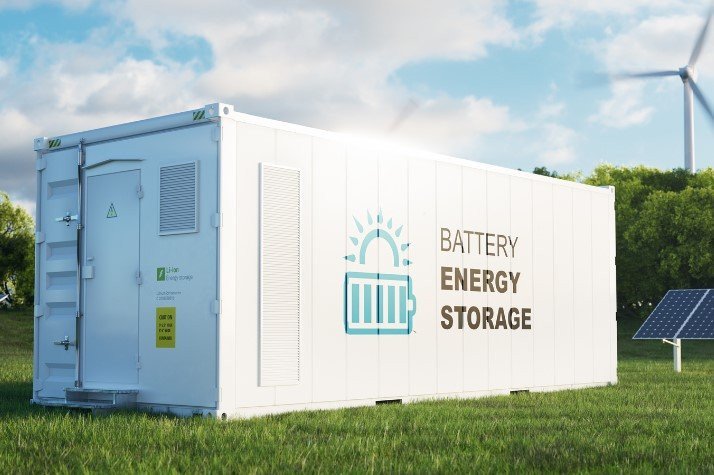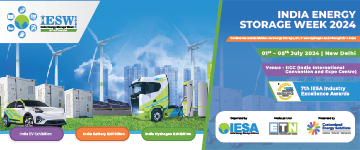Leapfrogging from KWh to MWh, and trending at GWh
Is Giga factory just a trend, or the concept that is the answer to growing battery energy storage demand? Either way, it is a mammoth task that requires anywhere close to ~$4billion to build. And it is not just the initial capital investment that is necessary, setting up a Giga factory project has a lot more that needs to be invested in – a robust supply chain network, secure raw material input, and most importantly a trained workforce.
India has realized the need for scaled-up production of LIBs to meet its energy storage needs in fulfilling its RE and e-mobility targets. The recent approval of the PLI scheme conveys the intent of the government of putting India in the great global Giga factory race. A small step, but a big decision towards the future.
Niti Aayog predicts a need for 50 GWh battery storage capacity over the next couple of years to support India's RE commitments. A great opportunity for the frontline companies in India to come together and pitch for production on a Giga scale. Many of India's leading business houses have shown interest in Li-ion cell battery manufacturing. But like I mentioned earlier, it is an investment-heavy venture and will require a good amount of planning. A lot of foreign companies have shown interest too.
So, if there is so much opportunity, and interested parties, what is stopping the movement ahead. A Giga factory, like all mammoths, needs a feeder industry. Most of the demand in India for ACCs is currently being met through imports from China with its unbeatable rates and its quality. Single source dependency should be discouraged and multiple avenues should be developed for the import of necessary components. In doing so, indigenous producers of ancillary products and raw materials should be considered.
A lot of factors have to be considered; for one, it will not be easy for one single party to set up a Giga factory. Alliances and JVs would work and companies should aim at that. For foreign companies, the business environment should be made conducive and single-window business transactions for ease of doing business should be encouraged.
ACC manufacturing requires a host of ancillary and feeder industries for which technical know-how, as well as trained manpower, is a starting point. India needs to set up research centers, knowledge hubs, educational training, or workshops to build confidence in entrepreneurs.
It's time to start building a repository of skilled and qualified manpower. Courses can be included in the technical curriculum, and even private institutes can provide LIB production-specific training. IESA Academy provides training on subjects related to energy storage manufacturing. Regular workshops and masterclasses are held to guide organizations and train technology personnel, like the recently held 'Hands-on Li-ion Fabrication Workshop'. Many more such skillset enhancers should be initiated, to create a skilled workforce pool to cater to Giga factory needs.
"India needs to set up research centers, knowledge hubs, educational training or workshops to build confidence in entrepreneurs."
On the world stage, the Giga factory story began in Asia, in South Korea, China, and Japan where seven large companies produced 75 percent of battery cell production in 2020. Despite the importance of energy storage for renewable energy - except for China - the world was slow to recognize this fact. China kept a tight grip on the essential raw materials and over the past 10 years built a leadership position in the processing of almost all the critical minerals like lithium, cobalt, and graphite and focused on building capacity at every stage of the battery supply chain. It currently dominates the world's battery production; by 2030, it is expected to hold 67 percent of global Li-ion cell manufacturing capacity.
Despite finding itself on the back foot, Europe has taken tremendous initiatives to build energy independence through such measures as establishing the European Battery Alliance 250. Seven European States contributed to creating an estimated €250 billion fund to create a domestic battery value chain. Through collaborations and joint ventures with the Asian giants, the Continent is literally moving ahead at lightning speed in building battery storage capacity, with super-sized Li-ion battery cell plants in the pipeline up to 2030.
India now needs to take a more 'bottom-up' approach and look at supporting the huge and critical ancillary industry: components manufacture, electronics, processing, and much more – to the foundation on which a Giga factory is built. Even the most elementary question still begs an answer: what are India's arrangements for sourcing lithium, cobalt, or graphite?
There is no doubt that India will eventually reach a point where we will boast of our own Giga factories. However, without a goal such as Europe has for energy independence, the big question mark is When?

























